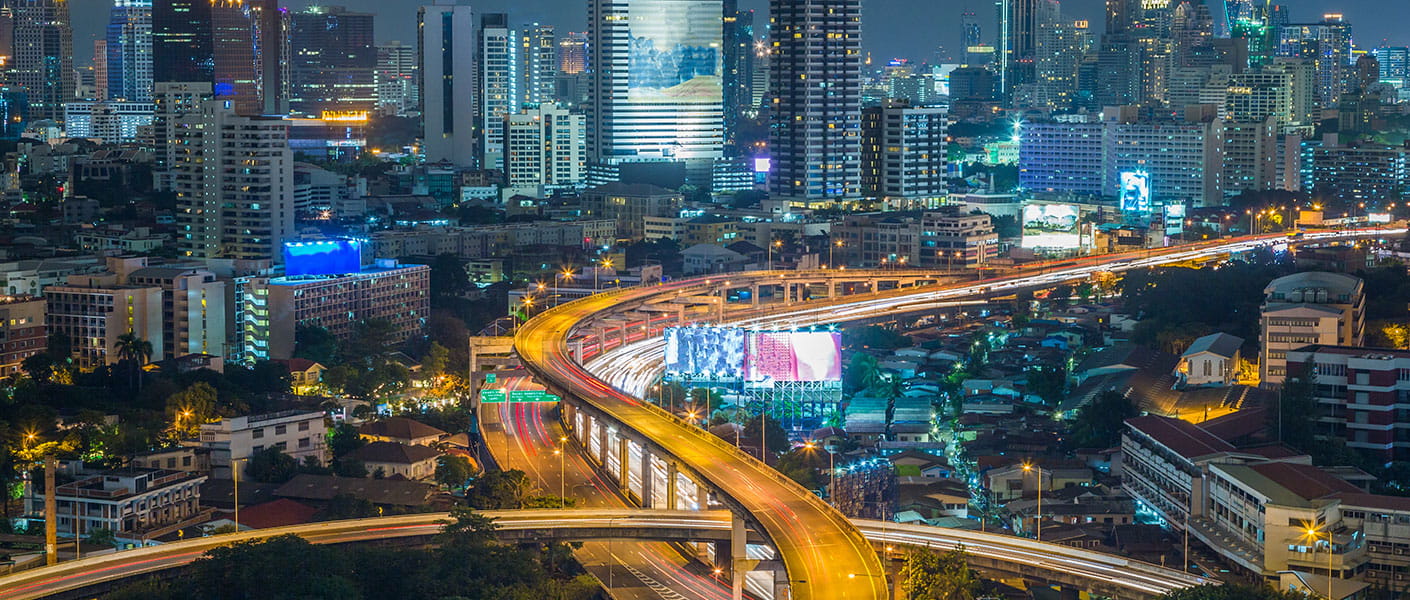Our interconnectedness is clearly visible when we look around us, from the energy we consume, to the communication paths we utilise, right through to the roads we take. We have created a remarkable, complex and highly interdependent world, where we are more reliant on each other, globally, than at any other time in the history of mankind. We are able to travel to 95% of the globe in around 24 hours or less, demonstrating that mobility is at the heart of our lives and economies, and it is changing with technology.
The evolution of mobility, which started during the industrial revolution, has evolved into a transport hierarchy comprising cars, rail and buses/light rail - each with their own role in the journey. This evolution has led the way we traditionally think about transport, that is, in terms of modes (e.g. light rail, bus rapid transit). As we look to the future however, we will need to shift our thinking from modes to end-to-end journeys for people and business, looking at the variety of options as to how to get from A-to-B.


